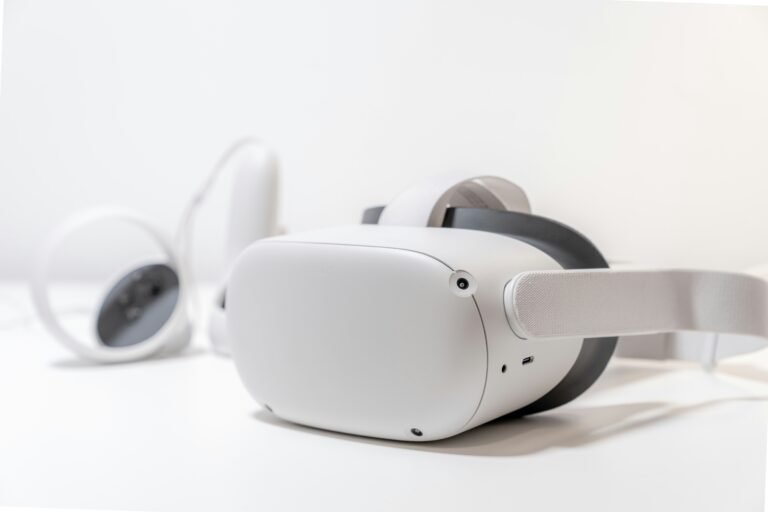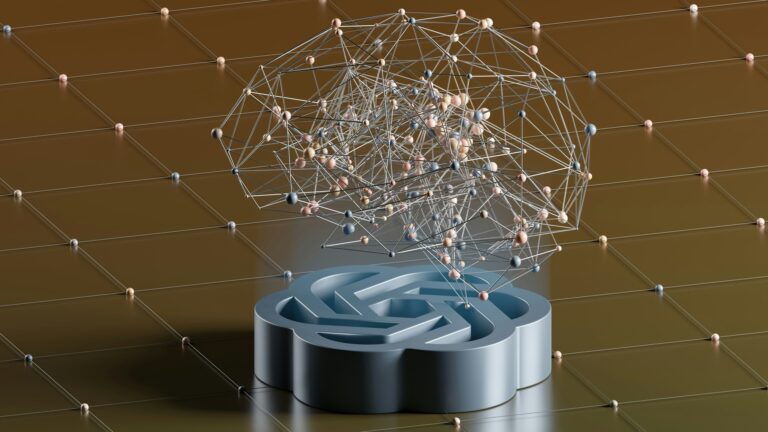
Introduction
Imagine unlocking your phone with a glance, accessing your bank account with a fingerprint, or boarding a plane by simply walking through a scanner. This is the reality of biometric authentication, a technology that uses your unique physical or behavioral characteristics to verify your identity. From smartphones to airports, biometrics is revolutionizing security by offering a convenient and secure alternative to passwords and PINs. This article explores what biometric authentication is, how it works, its real-world applications, current trends, and its potential to shape the future of security, all presented in an engaging and accessible way.
What is Biometric Authentication?
Biometric authentication is a security process that identifies individuals based on their biological or behavioral traits, which are unique and difficult to replicate. Unlike traditional methods like passwords, which can be forgotten or stolen, biometrics relies on “who you are” rather than “what you know” or “what you have.”
Types of Biometric Identifiers
- Physical Biometrics: These include traits like fingerprints, facial features, iris patterns, retina scans, and DNA.
- Behavioral Biometrics: These measure patterns in behavior, such as typing speed, voice, gait, or signature dynamics.
For example, when you use Face ID on an iPhone, the device scans your facial features to confirm your identity, while voice assistants like Amazon’s Alexa may recognize your voice to personalize responses.
How Biometric Authentication Works
Biometric systems follow a structured process to verify identity, combining hardware, software, and data analysis. Here’s a simplified breakdown:
- Enrollment: The system captures your biometric data (e.g., a fingerprint scan) and converts it into a digital template, which is securely stored.
- Storage: The template, not the raw biometric data, is saved in a database or on the device to protect privacy.
- Authentication: When you attempt to access a system, the biometric sensor captures new data, converts it to a template, and compares it to the stored one.
- Decision: If the templates match within an acceptable threshold, access is granted; otherwise, it’s denied.
For instance, at an airport, a facial recognition scanner captures your face, compares it to a passport database, and confirms your identity in seconds, streamlining boarding.

Real-World Applications of Biometric Authentication
Biometric authentication is transforming security and convenience across various sectors.
Consumer Electronics
Smartphones and laptops widely use biometrics. Apple’s Face ID and Touch ID enable secure unlocking and payments, while Windows Hello uses facial recognition for PC logins. Wearables like smartwatches also incorporate biometrics for fitness tracking and authentication.
Banking and Finance
Banks use biometrics to secure transactions and prevent fraud. For example, HSBC offers voice recognition for phone banking, while ATMs in some countries use fingerprint or iris scans to verify users, reducing reliance on cards and PINs.
Travel and Immigration
Airports leverage facial recognition to speed up immigration and boarding processes. The U.S. Customs Service uses biometric kiosks at major airports, allowing travelers to scan their faces instead of presenting passports manually. Biometric e-passports with embedded chips enhance security.
Healthcare
Biometrics ensures patient data privacy and accurate identification. Hospitals use fingerprint or palm-vein scans to link patients to their medical records, preventing errors. In telemedicine, voice or facial recognition secures virtual consultations.
Workplace Security
Companies use biometrics for access control and time tracking. Fingerprint or facial recognition systems restrict entry to sensitive areas, like data centers, while behavioral biometrics monitor employee activities to detect insider threats.
Current Trends in Biometric Authentication
As of June 2025, biometric authentication is evolving rapidly, driven by technological advancements and growing demand for secure, user-friendly solutions. Here are key trends:
Multimodal Biometrics
Combining multiple biometric types, like face and voice, enhances accuracy and security. For instance, Samsung’s Galaxy devices use facial recognition and fingerprint scans together, reducing false positives and improving user experience.
Contactless Biometrics
Post-pandemic demand for touchless solutions has boosted contactless biometrics. Iris scanning and facial recognition are replacing fingerprint scanners in public spaces like airports and offices, as seen with NEC’s touchless kiosks.
Behavioral Biometrics Growth
Behavioral biometrics, such as keystroke dynamics or gait analysis, are gaining traction for continuous authentication. Banks like JPMorgan Chase use behavioral biometrics to monitor user activity in real-time, flagging anomalies without disrupting workflows.
AI and Machine Learning Integration
AI improves biometric accuracy by refining algorithms. For example, Google’s DeepMind enhances facial recognition systems to work better in low-light conditions, while AI-driven voice recognition adapts to accents or background noise.
Privacy-Preserving Biometrics
New techniques, like homomorphic encryption, allow biometric templates to be processed without exposing raw data. Apple’s Secure Enclave stores biometric data locally, ensuring it never leaves the device, addressing privacy concerns.
Biometric Wearables
Smartwatches and fitness trackers are incorporating advanced biometrics, like heart rate variability or blood oxygen levels, for authentication. Fitbit’s latest devices explore these metrics to verify users securely.
Benefits of Biometric Authentication
Biometric authentication offers significant advantages:
- Convenience: No need to remember passwords or carry keys; your body is your credential.
- Security: Biometric traits are hard to forge, reducing risks of unauthorized access.
- Speed: Authentication is often instantaneous, improving user experience.
- Scalability: Biometrics can be deployed across devices, from phones to large-scale systems like border control.
- Fraud Prevention: Unique identifiers make identity theft more difficult.
Challenges of Biometric Authentication
Despite its promise, biometric authentication faces hurdles:
- Privacy Concerns: Storing biometric data raises risks if databases are breached, as biometrics can’t be changed like passwords.
- Accuracy Issues: False positives or negatives can occur, especially with low-quality sensors or diverse populations.
- Spoofing Risks: Advanced attacks, like 3D-printed fingerprints or deepfake voices, can trick systems, though countermeasures are improving.
- Cost: Deploying biometric systems, especially in large-scale settings, requires significant investment.
- Ethical Issues: Facial recognition, in particular, faces scrutiny for potential misuse or bias, prompting calls for regulation.
Addressing these challenges requires robust encryption, ethical guidelines, and public trust.

The Future of Biometric Authentication
Biometric authentication is poised to become ubiquitous by 2030, with transformative potential:
- Seamless Integration: Biometrics will embed into everyday objects, like car doors or smart appliances, for effortless access.
- Healthcare Advancements: Biometric wearables will enable continuous health monitoring, doubling as secure authentication tools.
- Global Digital IDs: Biometric-based digital identities could streamline access to services, from voting to banking, especially in underbanked regions.
- Enhanced Security: Combining biometrics with blockchain or quantum cryptography will create ultra-secure systems.
Investment in privacy protections, algorithm fairness, and user education will ensure biometrics benefits all.
Conclusion
Biometric authentication is reshaping security, offering a fast, convenient, and secure way to verify identity using our unique traits. From unlocking smartphones to securing borders, its applications are vast and growing. As trends like multimodal biometrics, AI integration, and privacy-preserving techniques drive innovation, biometrics promises a future where access is seamless and secure. By addressing challenges like privacy and bias, biometric authentication can empower individuals and organizations to navigate the digital world with confidence, unlocking a safer tomorrow.



